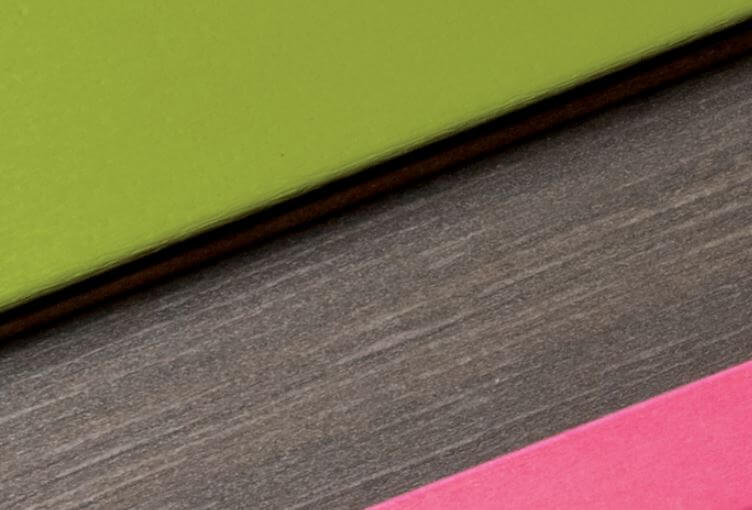Marine-Grade High-Density Polyethylene vs. Wood

Sometimes, it’s challenging to find the right materials for your project. With many options available, there’s no shortage of choices. Still, each project has its own specifications and conditions to consider. For instance, marine projects require a material that’s suitable for water yet strong and durable. Wood is the common material of choice, but marine plastic lumber (MPL) has also become a popular choice given its equal strength, flexibility, and durability. Here’s a brief breakdown of marine-grade high-density polyethylene vs. wood to consider for your marine project.
HDPE: Marine-Grade High-Density Polyethylene
Composites are one of the best materials for marine decking today. They’re strong, resilient, moisture-resistant, and don’t warp or crack like traditional wood. It’s important to have sturdiness for any marine application, which is why HDPE is perhaps the best material available. Like traditional wood, plastic wood is strong, durable, flexible, and buoyant. Unlike traditional wood, however, it rarely breaks unless under consistent stress or exposed to drastic temperature changes. You can also specify the type of boards or sheets needed for your marine applications with its specific dimensions, color, and finish.
Traditional Wood Marine Decking
Of course, traditionalists may scoff at the idea of plastic wood over regular wood. There are some reasons for this response. Mainly, it’s a material that’s been used for marine applications for decades. Whether people want a rustic finish or simply believe wood to be a timeless material, they opt for tradition. Also, wood is hardy and durable. Cedar, oak, and mahogany are strong enough to withstand boats and other marine use without losing their shape or hold. Additionally, wood may be cheaper than HDPE plastic wood, making it a more budget-friendly material.
Which Is Better?
When discussing the pros and cons of marine-grade high-density polyethylene vs. wood, it’s important to consider what works best for you. Both options provide amazing strength, durability, flexibility, and buoyancy for marinas. When considering the differences, though, it’s important to realize that HDPE plastic wood has greater moisture resistance and heat resistance than traditional wood. That means greater longevity with less upkeep. While cases traditional wood may have a cheaper upfront cost in some cases, the maintenance and wood treatments add to the costs. With the customization and greater advantages that HDPE lumber holds over traditional wood, it’s a better option overall for any marine application.
Therefore, stop waiting and order your marine decking from Tangent Materials today. Tangent is the leading distributor of HDPE marine lumber that’s perfect for bridge fenders, wharves, piles, navigational aids, channel markers, marine decking, docks, and piers. Our marine lumber is suitable for any project, large or small.












